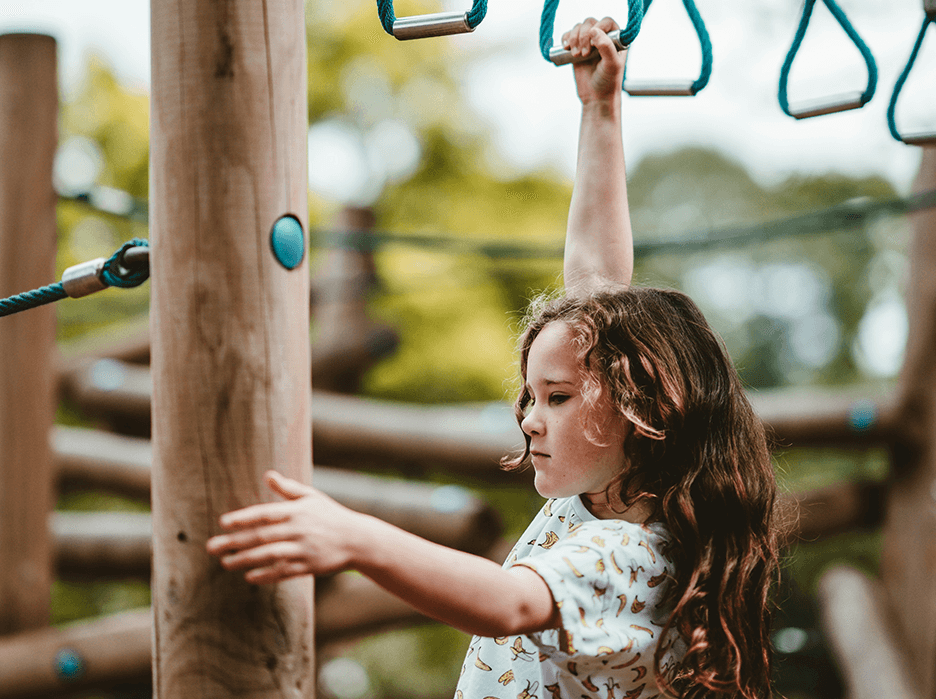Whether hanging from the jungle gym bars, navigating through tunnels, or jumping rope, when children engage in sensory play, they learn through curiosity, exploration, creativity, and problem-solving.
In a 2021 Kids Activity and Learning Study by Research Triangle Institute, children aged three to five years old gained significant gains in mental processes and mathematics after they participated in a motor skills program for 30 minutes twice a week for eight weeks. They also performed better than the children who were part of the study’s waitlist control group on all activities.
Sensory play is crucial for a child’s cognitive, emotional, and physical development, and school and park playgrounds provide an ideal environment for this type of engagement. Even children with sensory processing disorders can make great strides when introduced to sensory play because playgrounds provide a safe space for them to explore, discover, and define their needs, and learn how to regulate their responses. Let’s discuss some of the senses and motor skills that benefit from playground activities and the types of equipment and games that help strengthen them.
.png)
HEARING
The sounds of children laughing and playing are typical of a playground environment but, when compounded with traffic and other outdoor sounds, it can become overwhelming and distracting to some children. Consider adding musical equipment and instruments on the playground to help children focus on new sounds while still being immersed in the everyday playground noises. Instruments like xylophones, bells, and drums can be stand-alone pieces or incorporated as part of playground equipment, like a Space Playhouse that features bongos along with other sensory and tactile play amenities, including a slide, climber, and spinners.
SIGHT
The summer sun can create intense heat and glare, making it hard for children to enjoy the outdoors. One solution is to add shade over the playground area. Shade structures offer protection from the harmful effects of the sun and can keep equipment from getting too hot to enjoy. And while relief from the bright sun is one way to help the sense of sight, so can colors. Consider adding visually stimulating elements like colorful murals, sculptures, and interactive light displays to engage children’s senses and create a cheerful, positive environment.
.png)
TOUCH
Sensory processing skills help children learn to perceive sensations on the skin, like temperature, pressure, pain, and vibration. They also allow them to discover how different substances and textures feel through touch. Integrate playground equipment that offers movable parts, shapes, and tactile pieces. From riding toys with steering wheels to activity panels with geometric shapes and letters, playground equipment with tactile offerings keeps children engaged and happy.

MOTOR SKILLS
Along with developing their senses, playground equipment does a great job of building children’s motor skills. Practicing hand-eye coordination and skills, and body movements can benefit children in building their fine and gross motor skills and gaining better information retention.
Fine Motor
Fine motor skills incorporate the use of small muscles in the hand and fingers to complete tasks such as writing, scissor cutting, tying and tool usage. On the playground, children can build their fine motor skills with activities that require holding, squeezing, and grasping – such as climbing ladders and stairs.

Gross Motor
Gross motor skills involve more of a child’s everyday physical activities. Large muscle actions associated with gross motor include walking, running, kicking, throwing, and lifting. And while the playground offers plenty of developmental exposure for these gross motor tasks, children can also benefit from learning balance. Better balance not only strengthens key muscles and motion but also reduces injury by quickening reflexes and reaction times. Balance beams, steppers, climbers, and spinners are examples of children’s outdoor fitness equipment that develop stability and equilibrium.

SPATIAL AWARENESS
Spatial Awareness involves understanding the whereabouts of objects in proximity to the body. A playground set coupled with climbers or stepping stones can create a fun obstacle course for children to navigate through. They can practice moving around certain play activities to develop a sense of self-location in relation to the vicinity. Also, you can change up the step for more eye, touch, muscle, and reaction development.

Sensory development is foundational to a child’s learning as they grow and learn about the world around them. By integrating sensory-rich activities and equipment throughout your outdoor playground area, you’re helping children develop while having fun at the same time. At Park Tables, we love to see children learn and thrive while having fun, which is why we offer some of the best multi-sensory playground equipment and games for children as young as two years old and up to 12 years old. Peruse our extensive online catalog of commercial recreational equipment and contact one of our expert Park Tables consultants via live chat, phone, or email for help building a sensory-rich atmosphere at your school, park or facility.



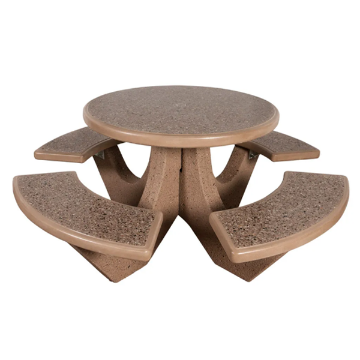



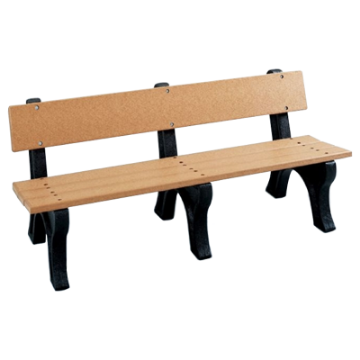













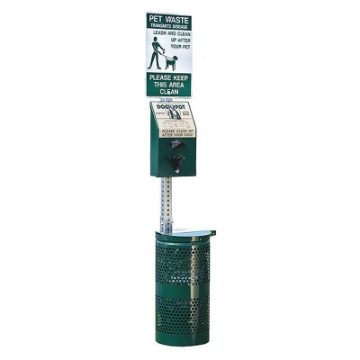


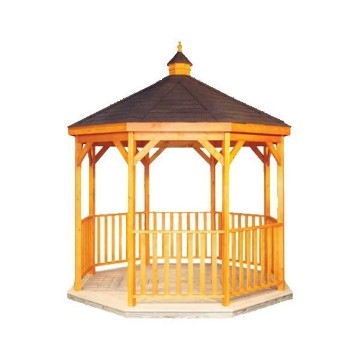


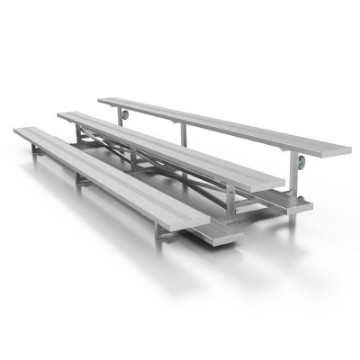
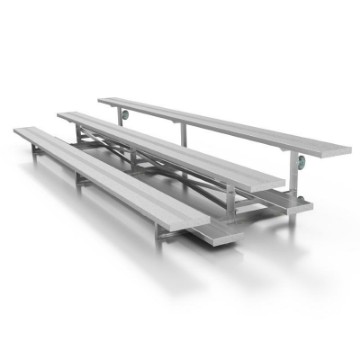






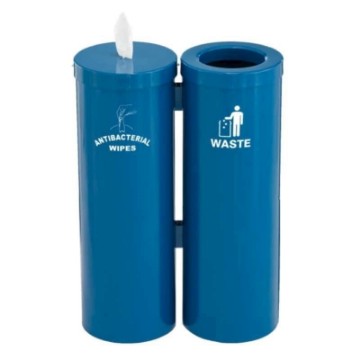





_936.png)



_936.png)
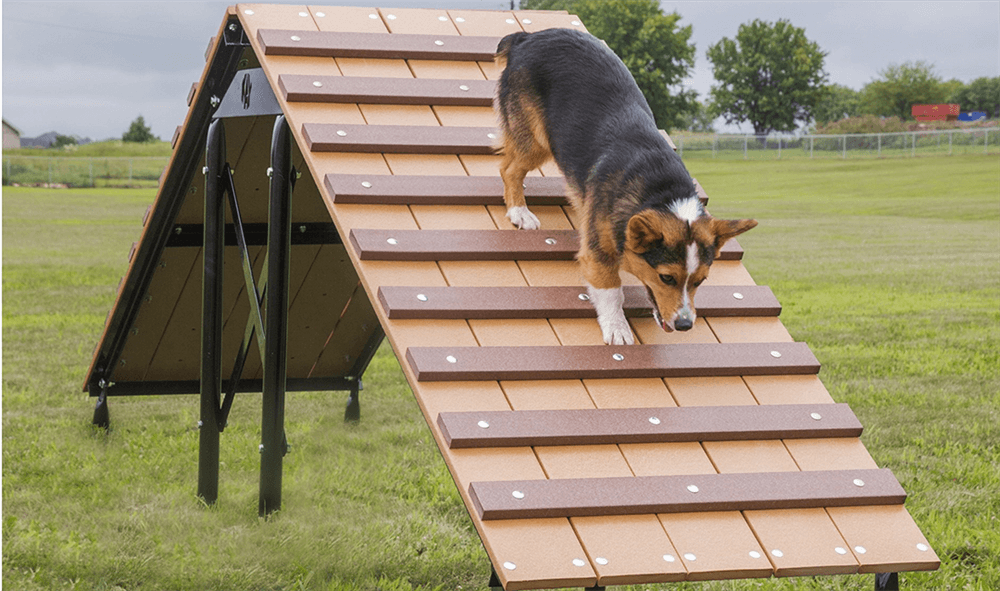


.png)
.png)
 (1)_936.png)
.png)
.png)
.png)
.jpeg)

.png)
.png)
.png)
.png)
.png)
.png)

.png)
.png)
.jpg)
.png)

.png)


.png)
.png)
.png)
